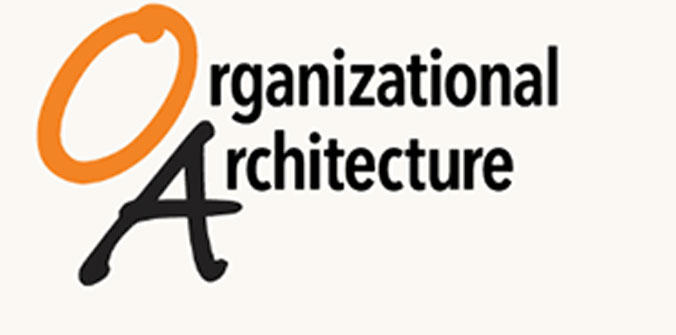
Implementing a new performance management system can significantly enhance employee productivity, motivation, and organizational success. However, an essential first step in this process…often overlooked…is ensuring that job descriptions are updated, accurate, and communicated effectively.
Here’s why updating job descriptions before introducing a new performance management system is critical:
Why updated job descriptions matter
Job descriptions set clear expectations for employee roles and responsibilities, providing a fundamental basis for fair, objective, and transparent performance evaluations. By updating job descriptions first, organizations ensure that:
- Employees clearly understand their current roles and expectations.
- Managers have a solid foundation for objective performance assessment.
- Organizational changes and shifting priorities are accurately reflected.
Benefits of updated job descriptions in performance management
Clear expectations
- Clarifies roles and responsibilities, eliminating ambiguity.
- Aligns employee performance clearly with organizational objectives.
Enhanced fairness and equity
- Establishes standardized benchmarks for evaluations.
- Reduces biases, promoting consistent assessment across teams.
Improved managerial effectiveness
- Enables managers to conduct meaningful, targeted performance discussions.
- Provides concrete reference points for setting goals and expectations.
Increased employee accountability
- Employees proactively manage their performance and development.
- Encourages ownership and continuous improvement.
Practical tools to leverage updated job descriptions
Integrating updated job descriptions into your new performance management system provides clarity and structure through practical tools, including:
- Performance appraisals: aligning evaluations directly with clearly articulated responsibilities.
- Goal setting and tracking: developing measurable goals based explicitly on updated job descriptions.
- Regular feedback sessions: consistently referencing current job expectations to guide performance discussions.
- Professional development plans: identifying development opportunities based on accurately defined job roles.
- Performance dashboards: using visual tools to measure and communicate progress on job-specific metrics.
- Talent review and succession planning: current and accurate job descriptions along with a robust performance measurement tool helps focus succession planning efforts and manages resources more effectively.
Effective implementation timeline
Properly sequencing the rollout of job descriptions and the performance management system maximizes clarity and employee buy-in:
Start of review period:
- Update and clearly communicate revised job descriptions.
- Ensure employees acknowledge their updated role expectations.
During the review period:
- Conduct regular feedback and goal-setting sessions using updated job descriptions as reference.
End of review period:
- Perform formal appraisals explicitly referencing the updated descriptions communicated initially.
- Provide specific, actionable feedback based on well-defined role expectations.
Key steps for updating job descriptions
To ensure job descriptions effectively support your new performance management system, follow these key steps:
- Review existing job descriptions: Identify outdated or unclear responsibilities.
- Collaborate with stakeholders: Engage employees and managers to clarify current duties and expectations.
- Align with organizational objectives: Ensure roles and responsibilities match the strategic direction and operational needs.
- Clearly communicate updates: Provide thorough explanations and facilitate discussions to confirm employee understanding.
By prioritizing the update and clear communication of job descriptions before implementing a new performance management system, organizations set the stage for fair, objective, and effective employee evaluations. This foundational step ensures alignment between individual roles and organizational goals, ultimately driving enhanced productivity, clarity, accountability, and sustained employee engagement.
Do you need assistance with your workforce strategy or other Human Resources consulting needs? Contact us and check out our updates for more helpful resources.

